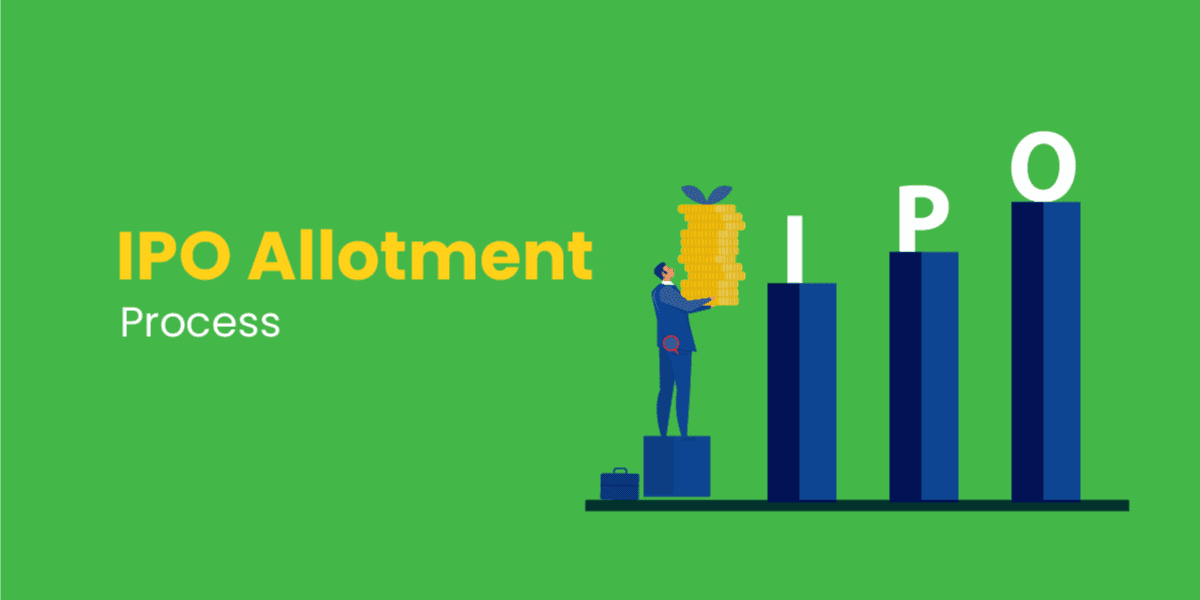IPO Basics 02 Sep 2025
IPO vs FPO: Key Differences Every Investor Should Know
Have you ever wondered why some companies list with a latest IPO in India, while others choose an FPO? The gap is more than words, it’s how they get funds, who they aim at, and what it means for investors like you. Understanding these differences is not just theory; it helps you make better choices, avoid big mistakes, and spot good chances before they fill up.
From market timing to a company’s stage and goals, these points affect both risk and reward. Let’s go over the essentials so you can move through the market with confidence while watching the latest IPO details and recent IPO news.
What Is an IPO?
An Initial Public Offering (IPO) is when a company sells shares to the public for the first time. It lets a private firm get funds from retail and institutional investors and gives early owners a way to cash out. The offering creates a market.
Key Points About IPOs:
Market Debut: The company lists on a stock exchange for the first time, letting public investors own part of it.
Capital Raising: The money raised usually pays for growth, debt repayment, or new projects.
Investor Access: Retail and institutional investors can apply, usually via brokers. Allocation rules vary by exchange and jurisdiction.
Market Attention: IPOs get strong media coverage and buzz, which can affect early demand. Investors should read the prospectus first.
What Is an FPO?
A Follow-on Public Offer (FPO) happens when a listed company issues more shares to the public. It helps established firms raise extra capital without going private. FPOs can be dilutive or non-dilutive depending on structure.
Key Points About FPOs:
Existing Listing: The firm is already publicly traded; the FPO adds to its share capital.
Purpose of Funds: Often used for expansion, lowering debt, or strategic plans.
Investor Scope: Mostly available to existing shareholders and the public, depending on rules.
Market Impact: As the company is known, investor views are shaped more by past results than by speculation. Note.
IPO vs FPO: Core Differences
Before looking at uses or investments, it’s important to know the basic difference between an IPO and an FPO. Knowing this helps investors judge risk, timing, and likely returns more clearly. Below is a simple comparison to make it easy to see:
Why Investors Should Care
Knowing if an offer is an IPO or an FPO changes your approach. With the latest IPO in India, the main task is judging growth potential and market reception. FPOs need you to review past performance and the dilution impact on current shares.
Investor Tips:
Read the Prospectus: For IPOs and FPOs, the prospectus shows vital facts about the company’s finances, goals, and risks.
Check Past Data and Trends: FPOs benefit from a track record; IPOs require looking at the sector and similar firms.
Watch Market Sentiment: Pre-listing buzz can drive IPO demand; FPOs follow current stock trends.
Talk to Brokers and Platforms: Services like Finnpick offer organised updates on the latest IPO details and upcoming FPOs.
How Market Dynamics Differ
The way markets react to an IPO is not always the same as an FPO. Knowing these differences helps investors predict price moves and make clearer choices. IPOs and FPOs affect the market in different ways.
IPO Volatility: New listings often see large price swings in the early days.
FPO Stability: Since the firm is already listed, FPOs usually have smaller price changes unless the fund raise is very large.
Liquidity Effects: IPOs can bring fresh liquidity to the market, while FPOs may dilute current shares slightly depending on how many new shares are issued.
Tracking Opportunities Efficiently
Platforms like Finnpick make it easier to monitor both IPOs and FPOs without missing critical updates. From latest IPO news to FPO announcements, you can track dates, subscription trends, and allotments in one place. Being proactive ensures you don’t just react to the market, but make informed decisions that fit your investment strategy.
Making the Right Choice
Both IPOs and FPOs have roles, and neither is always better. Your choice should match your goals, risk level, and research.
For Growth Seekers: IPOs let you invest in a company’s early growth phase.
For Stability Seekers: FPOs tend to be safer, with past results giving clues on returns.
Strategic Diversification: Holding both IPOs and FPOs can spread risk and potential gain.
Why Choose Finnpick for Smarter IPO Investing
When you track IPOs and FPOs, a dependable platform changes everything. Finnpick combines live updates, easy research tools, and clear data so investors can decide confidently. Whether you are applying for the first time or you have experience, Finnpick makes it simpler to watch and invest in the market.
Real-Time Updates – Stay informed with the latest IPO details and recent IPO news without switching between multiple sources.
Comprehensive IPO List – See all upcoming, ongoing, and recently closed IPOs in one tidy dashboard.
GMP & Subscription Tracking – Quickly check market demand and investor interest before you apply.
Allotment Monitoring – View your allotment status on the platform easily.
Educational Resources – Study easy guides, practical tips, and market notes that raise your investing confidence.
Stay Ahead in the IPO Game
Telling an IPO from an FPO matters for any investor who wants to move through the Indian stock market with certainty. Latest IPOs often create excitement and offer the chance for large gains, while FPOs let you invest in known firms that need more capital. By knowing these differences, you can choose more wisely.
Platforms like Finnpick step in here, offering timely updates, research tools, and clear insights, so you can track the latest IPO details and recent IPO news effortlessly. Take control of your IPO journey by monitoring the latest IPO in India, analyzing trends, and applying confidently using Finnpick.




